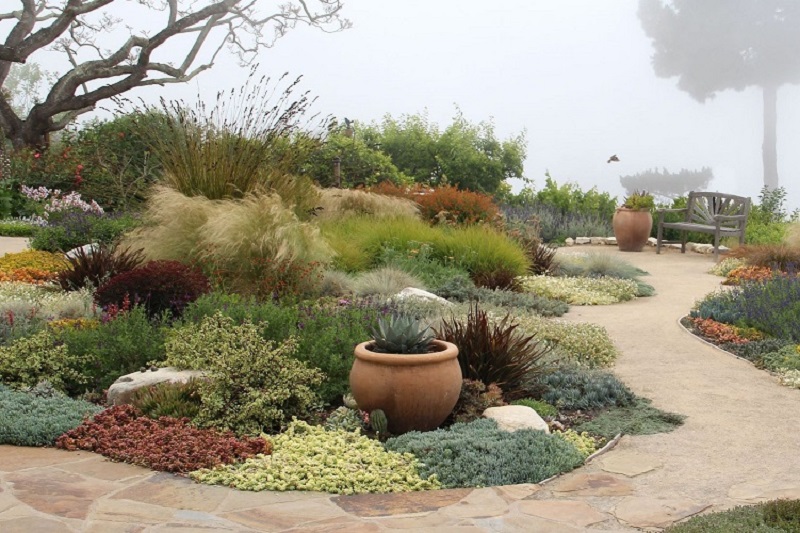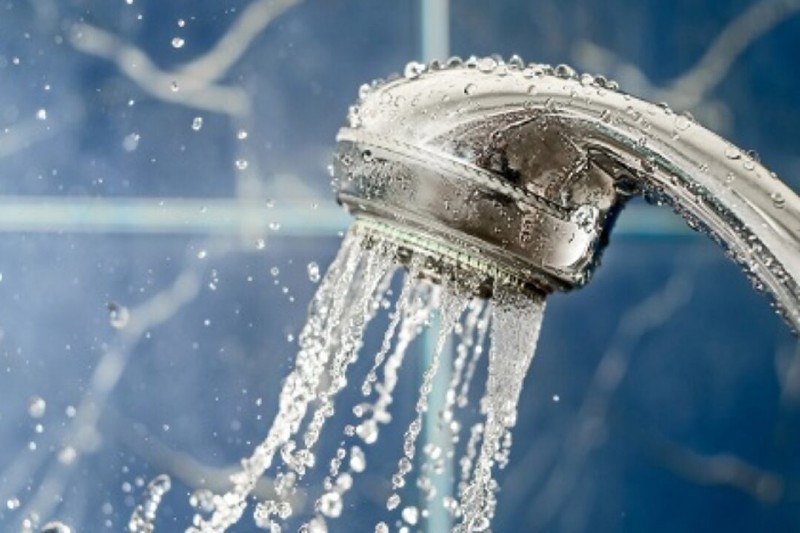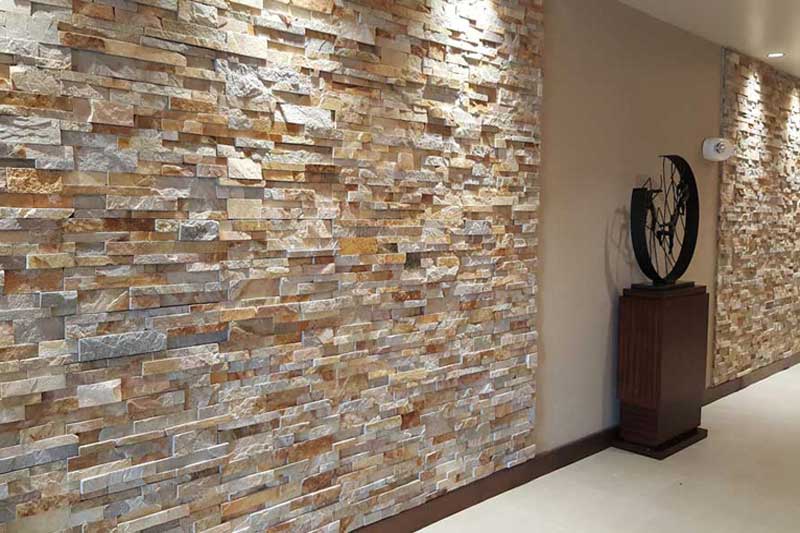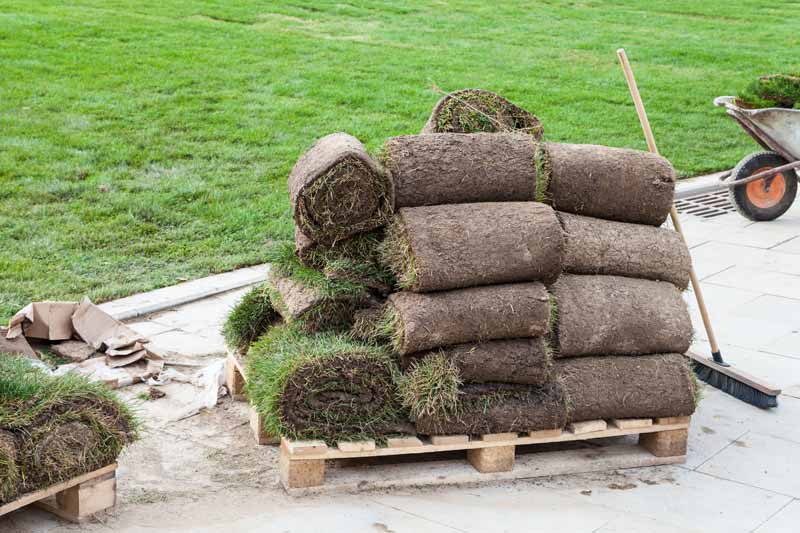There is no denying that any landscape design will be constrained by the location it is being created in and more specifically, what the climate is in that area. For example, the types of plants, shrubs, and grasses that will thrive in cold, damp climates is going to be somewhat different than those that can be planted in those climates that tend to be dry and hot.
Given that we are based in Western Australia, we would suggest that the latter of those two climates is going to more applicable given that for much of the year evaporation exceeds rainfall, and we have areas that see no rain for 6 months at a time. Your plans will also change drastically depending on personal preferences such as the plants you want, whether you want a pool installed or a large open area, limestone flooring or composite decking installation etc.
Of course, not every region of WA is as dry as that but in general most landscape designs need to be on the side of there being a lack of moisture and lots of heat, making sure you implement fire services protection to fight a possible fire. This then brings us to consider what kinds of landscape design would suit the drier conditions that we experience.To give you some idea as to what can be achieved, here are 10 landscape design tips that are best suited to dry areas.
- If you live in a dry, hot area then it makes sense that you consider plants that are well known for being grown in those kinds of conditions. Research areas where there is a lot of sunshine and little rain and see what garden services and landscapers are planting there.
- Plant your flora and fauna when they are small. Larger or older pants tend to have roots systems which are shallow making them more prone to suffering from heat and a lack of moisture.
- When planting try to break up the soil which is in each planting hole, as this encourages the roots of the plant to bed in deeper and thus affords them greater protection from heat and lack of water.
- If you feed your plants too often they will be less robust than if you feed them infrequently. Resilient plants can withstand extremes of temperature and tend to grow stronger over time.
- Ensure that your landscape design incorporates good irrigation and that it includes the grouping of plants together which thrive under different irrigation levels. Mixing can mean that you will see half your plants thriving and the other half struggling or even dying.
- Where you can, use mulching as a source of moisture for your plants. Mulching is also a great way to keep the roots of your plants cool in hot temperatures. Gravel, mineral, and chipped bark mulches are all suitable.
- If you have set up your landscape design to use irrigation hoses, but the hoses are exposed and look ugly, cover these with mulch to disguise the fact that they are there.
- If you have a large lawn that you struggle to maintain due to the dry climate, consider reducing its size and replacing some of its area with other, more resilient plants, or cover the area with paving stones or decking.
- Where the area you have is large enough try planting trees that are big enough to provide some shade for other areas of your garden. Obviously, you need to select trees that are suited to dry conditions.
- On a similar theme to reducing the size of the lawn is the idea to reduce the number of plants in your landscape design and switch from quantity to quality. Choose your favourite plants and focus on these few, rather than the many.




